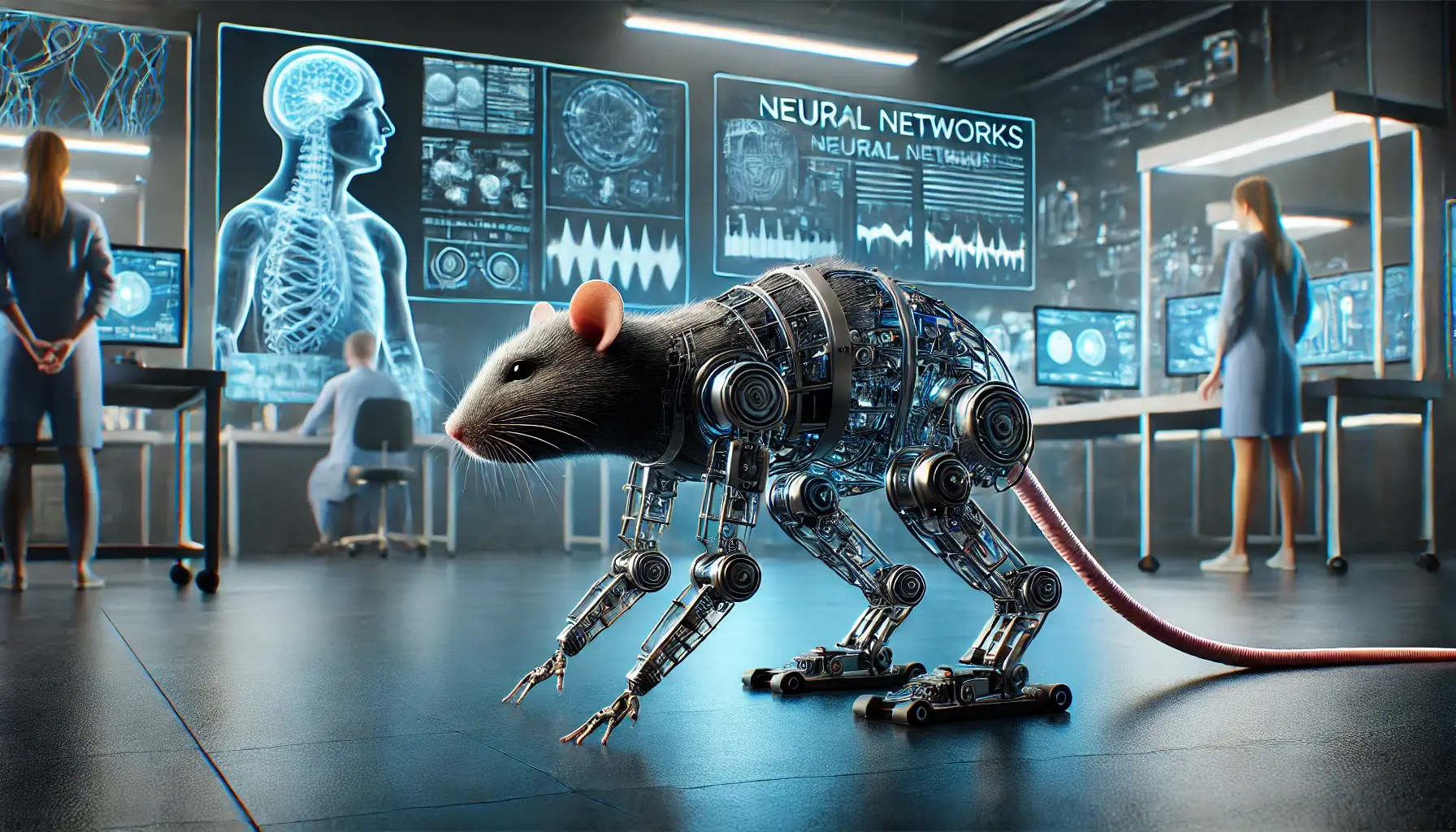Google DeepMind in conjunction with Harvard University has created an AI-controlled rat then imitates the movements of real rats. The objective of this pioneering study is to improve knowledge of neural circuits and increase the mobility of devices.
The AI-Powered Virtual Rat
Through MuJoCo simulator by DeepMind, the researchers designed a rat which was operated by artificial neural network. Controlling this AI is 607 hours of neural recordings and real rats’ videos to train this brain. This creates a virtual rat that can mimic a real neural activity and thus predict the subsequent activity to mimic the actual rat running , climbing and moving around new terrains in a very accurate manner.
Advancements in Virtual Neuroscience
However, this virtual rat is a splendid rat which is a new step in virtual neuroscience field. Thus, by comparing the activity of the artificial neural network formed by AI to the actual rats’ neural activity, the authors can study how various parts of the brain work together to orchestrate complex actions. This approach not only helps in study of neural circuits but also has implications into designing of better control systems for the robots.
Matthew Botvinick from Google DeepMind as the Senior Director of Research said that the partnership with Harvard is something special. ”We’ve gleaned a huge amount from the work on embodied agents – AI systems that need to reason and plan and act and do all of that sensibly in physical space,” he said. This AI paradigm could reopen aspects of brain functions and motor control concepts that has not been touched in a while.
Future Research and Applications
The further developments of this work include allowing a virtual rat to have freedom in solving tasks, which real rats face. In this case, scientists want to explore theories regarding the brain’s wiring and the software behind learning to perform complex tasks in the rats. This could result in great progresses in neuroscience as well as in the field of robotics: the new generation of robotic could be more reactive and capable to adapt to changing conditions.
Dr. Bence Ölveczky of Harvard highlighted the potential impact of this research: ’Many of these tasks are solved from our experiments and we are trying to have many ideas about learning algorithms’ From these words, you see the reason why they want to use the virtual rats to explore how real brains can make such complex behaviour.

